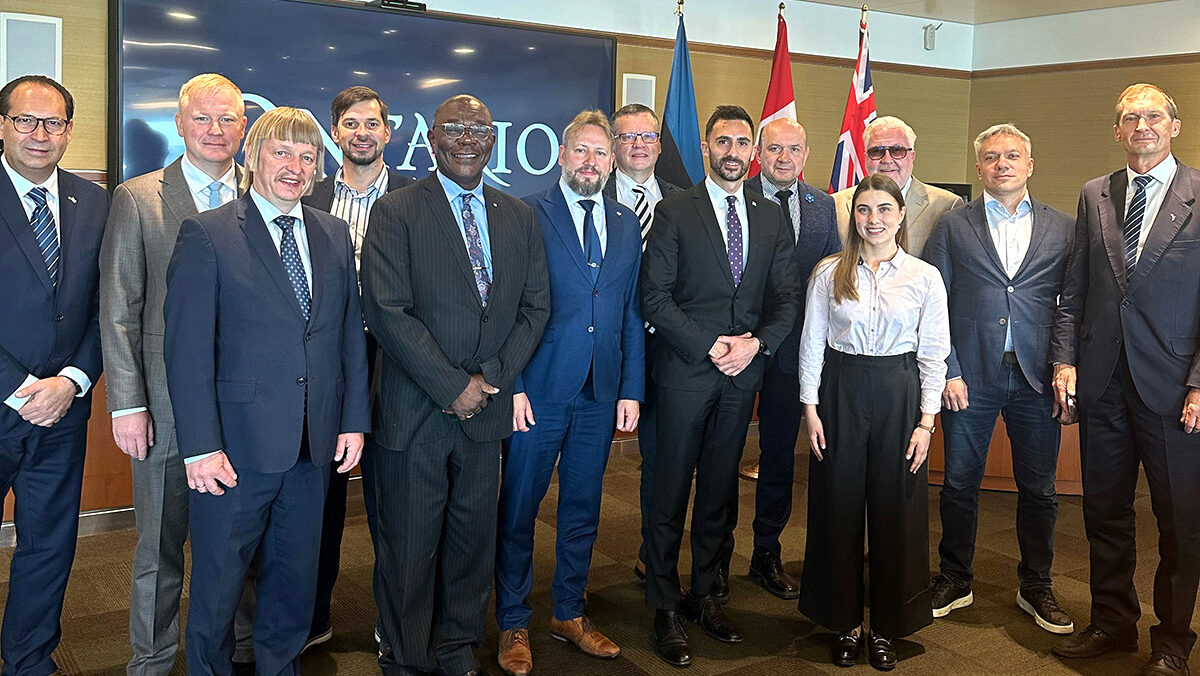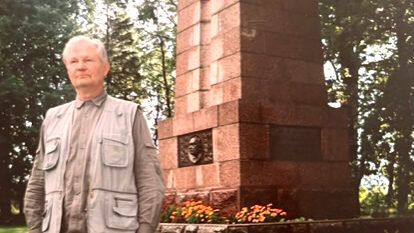
Research has shown that from 2014 on, the nearly eight million articles posted on more than 8,000 Russian websites, showed insignificant reference to Nazism abroad. On February 24, 2022, the day of the attack, Nazism content, mostly in reference to Ukraine, spiked sharply and, although decreasing slightly in the last few months, has remained high since.
Before the invasion the fringe right was on the periphery of Russian society. Their presence was known. They had affiliations with the FSB and military, but they didn’t advocate government policy. The Kremlin required them to appear more radical and menacing than government officials and at the launch of hostilities, Putin needed agreement from all ideological groupings to justify the invasion. Russians had to agree that the assault was the proper thing to do.
The Russian government has actually been nurturing a relationship with neo-Nazis, since the racists violence by skinheads in the late 1990’s. Putin also found common ground with ultra-nationalist militants, including neo-Nazis, to oppose surging anti-Putin democrats and radical leftists. A pro-Putin youth group, ‘Moving Together’, co-opted the OB88, the largest neo-Nazi Russian skinhead gang.
Täismahus artikkel on loetav Eesti Elu tellijatele
Igal nädalal toome me sinuni kõige olulisemad kogukonna uudised ja eksklusiivsed lood uutelt kolumnistidelt. Räägime eestlastele südamelähedastest teemadest, kogukonna tegijatest ja sündmustest. Loodame sinu toele, et meie kogukonna leht jätkuks pikkadeks aastateks.
Hind alates $2.30 nädalas.



